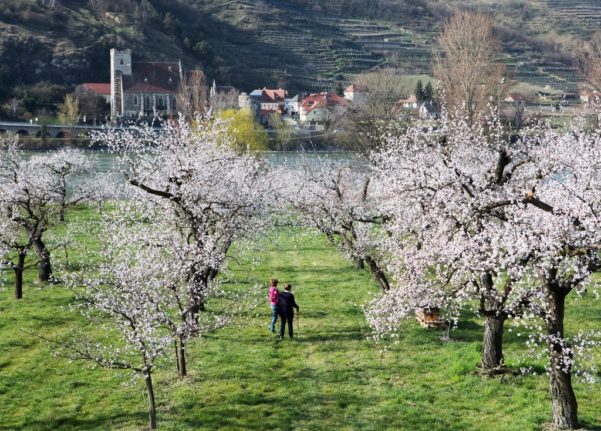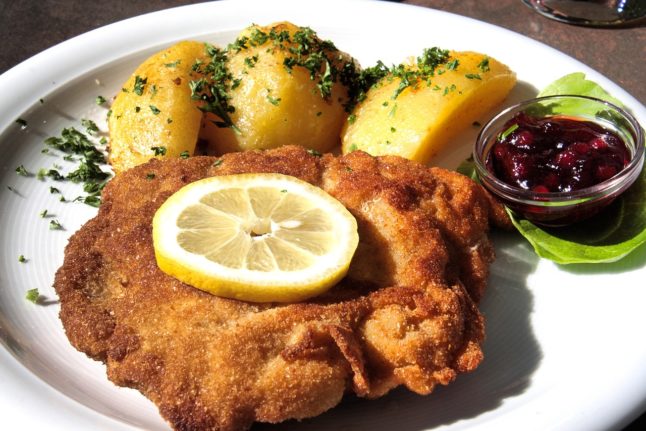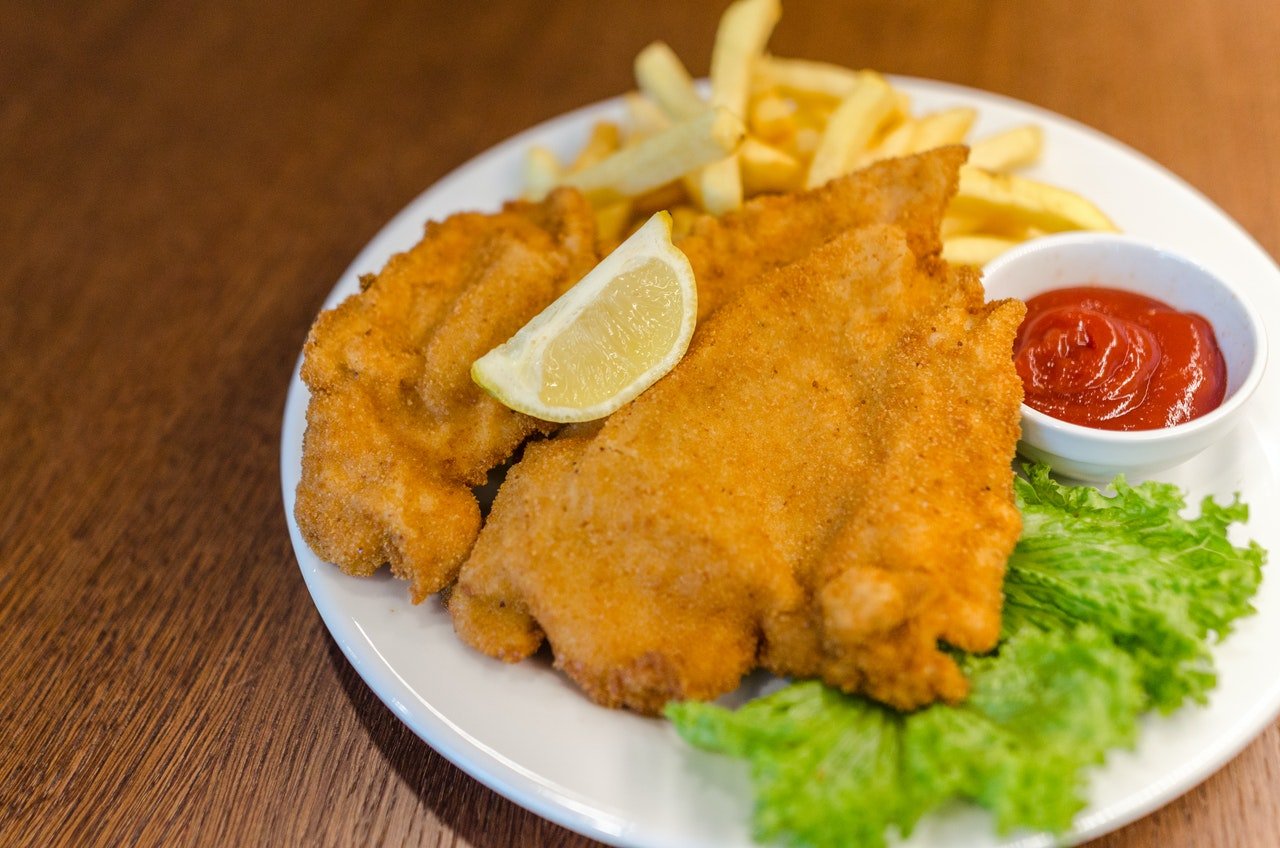Spring in Austria is definitely a great time to visit the country, especially if you enjoy mild weather and sunny days. For those who live here and have endured long months of cold weather and darkness, it’s a time people start getting out of their shells and hitting the outdoors again.
This happened on March 20th this year, the spring equinox and the astronomical start of spring in the northern hemisphere. However, anyone in Austria during late March would know that there have rarely been any mild or sunny days – some regions have even seen freezing temperatures.
Another interesting way of marking the beginning of spring, which is mentioned often in Austrian newspapers, is by the blooming of typical plants and pollen. Beginning as early as February, people in Austria will start seeing stories about the pollen count – and warnings for those who are allergic.
READ ALSO: Discover Austria: 7 must-see destinations for a spring break
Later on, farmers will mark spring by the blooming of hazelnut, magnolia and apricot trees – tourists will also notice cherry blossoms. Those are followed by blooming pear trees and, finally, the flowering of apple trees.
In the local media, people in Austria will also see stories about migratory animals, particularly storks, which come to cities such as Rust to famously build nests and lay eggs on top of historical buildings.
The arrival of the storks is a sure sign of the coming spring in the Alpine country.
How do people know spring is coming in their day to day?
There are also some very Austrian signs that spring is finally arriving. Here are five that you can check out for and that might get your hopes up that springtime is coming even if temperatures are still closer to 0C than 20C.
- People will seize any opportunity to dine outside
As winter comes to an end, cafes and restaurants with outdoor seating are eager to welcome customers back to enjoy their alfresco areas.
Despite temperatures hovering just above freezing, many establishments are already setting up tables and chairs. Customers seem equally excited to take advantage of any opportunity to enjoy a drink or a meal outside.
It seems that some are even willing to endure the chill in the air in the hopes of ushering in the warmer spring weather.
READ ALSO: The German language you need for spring in Austria

- Ice cream shops reopen – and there are lines
Another sign that spring is on its way is that Austrians will quickly swap their warm meals and desserts for a cone (or several) of ice cream and gelatos.
The shops are open again, and some of the most famous ones might still have lines outside. Kids will demand their ice cream, and teens and young students will be starting their part-time jobs or looking for positions for their summer break.
READ ALSO: Six of the best things to do in spring in Vienna
- People’s whole diet changes
It’s not just the icy dessert that makes a comeback for the year, but people will start changing their entire diet as spring approaches.
Inside supermarkets and outside busy areas in small stalls, you will see Austrians selling huge and beautiful strawberry baskets and other local foods and jams. The love for the seasonal asparagus means that most traditional restaurants will offer a dish or two at least.
Red wine is quickly replaced by a refreshing spritzer, white wine with soda (or other drinks such as the Hugo or Aperol Spritz).
READ ALSO: Hugo, Almdudler and Radler: 5 drinks to try in Austria this summer
- Spring cleaning is up and running
Austrians will start their spring cleaning, and you might see some furniture being moved around via the metro and other forms of public transportation. You will hear your neighbours moving things around and your Austrian friends will recommend you open your windows to lüften, bringing in the fresh air of spring (but not too much if the pollen count is already high).
You will see your neighbours more often as they head to the Keller to drop off their winter attire, pick up spring decorations, and even a barbecue grill.
The person in charge of your building bloc will put the plants outside again – they were kept inside during the winter to avoid freezing, perhaps despite fire hazard regulations.
READ ALSO: What are the best things to do in spring in Austria?
- Days are longer
Especially since daylight savings time is still being observed in Europe, days that used to end at 5 pm just a few months ago now last until 8 pm.
If you are working in Austria and can see plenty of sunlight before and after your regular 9-5 working shift, then you know for sure that spring is here.
READ ALSO: Clocks go back in Austria again despite EU deal on scrapping hour change




 Please whitelist us to continue reading.
Please whitelist us to continue reading.
Member comments